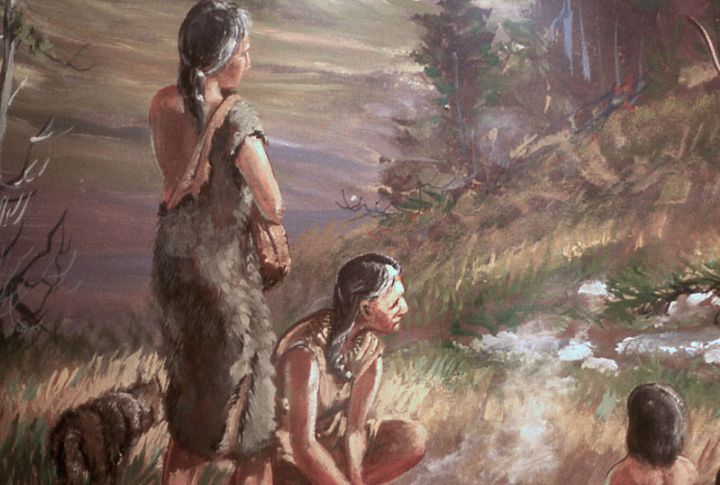
Astonishing clues have emerged about a 24,000-year-old path that may have led ancient people into America. The idea of humans crossing a frozen bridge between Siberia and Alaska sounds like science fiction, but it may be history. Explore what scientists uncovered about one of humankind’s biggest migrations!
Frozen Bridge Theory

Long believed to exist, the grassy land bridge known as Beringia connected Siberia and Alaska thousands of years ago. Scientists suggest this path enabled early humans to enter America, drawn by herds and resources. Evidence points to the possibility of bold explorers crossing this ancient route.
New Discoveries at Bluefish Caves

Excavations at Canada’s Bluefish Caves hint that early humans may have lived there for thousands of years. They found ancient tools and bones with cut marks, suggesting people used this region as a base. It’s an eye-opener that shifts what we know about migration patterns.
Ancient Tools as Evidence

Researchers uncovered stone tools in Alaskan sites, which date back over 20,000 years. These tools hint at human presence and tell stories of survival, innovation, and exploration. Each artifact adds a piece to the puzzle and shows how early humans adapted to their environment.
Refining Migration Timelines with Carbon Dating

Advanced radiocarbon dating has pinpointed the earliest crossings through the Bering land bridge and suggests human migrations might have started earlier than once thought. This technique enhances our understanding of when ancient humans first ventured into North America.
Genetic Clues in Modern Populations

Recent DNA studies link Indigenous people of the Americas with Siberian groups, backing up the migration theory. Genetic similarities offer clues about shared ancestry and an ancient journey across continents. It’s fascinating to imagine our ancestors’ adventurous spirit and how they spread out to new lands.















GIPHY App Key not set. Please check settings